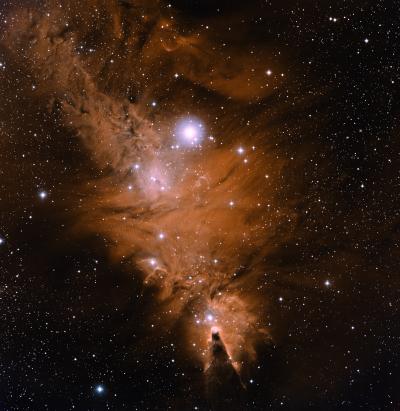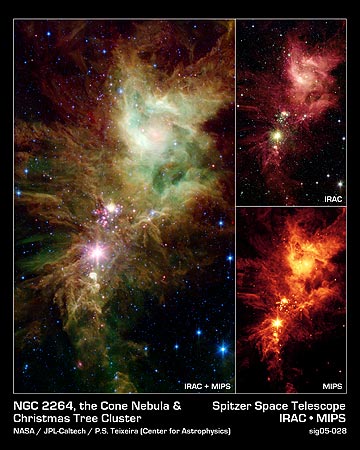|
It's the Astronomy Online non-Blog, or un-Blog.
Everyone has a blog now and since I am no follower of trends, I decided to merge the blog with the website. And I don't want to neglect the website in favor of posting on the blog.
These are the pages that were on the blog of old:
- Home
- Archive (Index of Pages)
- Me
- Current Trends
- Links
- Soho Live
Links:
Google Maps - Mars
Google Maps - Moon
HiRISE
HiRISE - MRO Imaging
Mac Singularity
Meade4M
Slackerpedia Galactica
Software for the Mac
Starry Night Online
Venus Maps
More Favorites:


































Thank you for visiting!
|
|
 |
|
Happy Holidays - a Christmas Tree of sorts:
It's slow happenings here at home since most of my time has been spent recovering from a server catastrophe that occurred a few weeks ago (donations are welcome for the purchase of a tape backup system!). Luckily I keep a backup copy of the website and blog on my local machine.
I would like to take this time to wish everyone a happy holidays - Merry Christmas, Happy Kwanzaa and Happy Hanukkah (these are the ones I am familiar with). Most importantly, I wish everyone a wonderful and successful New Year.
The last post for this year will be the presentation of the Christmas Tree Cluster. This beautiful region in the constellation Monoceros is actually three different objects: NGC 2264, the Cone Nebula and the Fox Fur Nebula.
Here is an image from the National Science Foundation's 0.9-meter telescope on Kitt Peak:

This image from the Spitzer Space Telescope shows much more nebula detail, and additional young proto-stars:

The infrared eyes of the Spitzer takes a bit of getting used to. In this image, the reddish stars are newly formed star that are approximately 100,000 years old, the yellow dots are infant stars that are just forming and the blue stars are the "normal" stars within the Milky Way galaxy. The green areas in the image are molecular clouds that contain organic material - most likely PAH's which are areas of burned off carbon, similar to the carbon residuals from smoke stacks.
The young stars (red) form a sort of star patter which resembles a snowflake - hence its other moniker being the Snowflake Cluster. These stars are a part of a 'stellar association' which looks like an open star cluster, but will eventually drift apart.
Next Post | Previous Post | Back to Top
|
|

